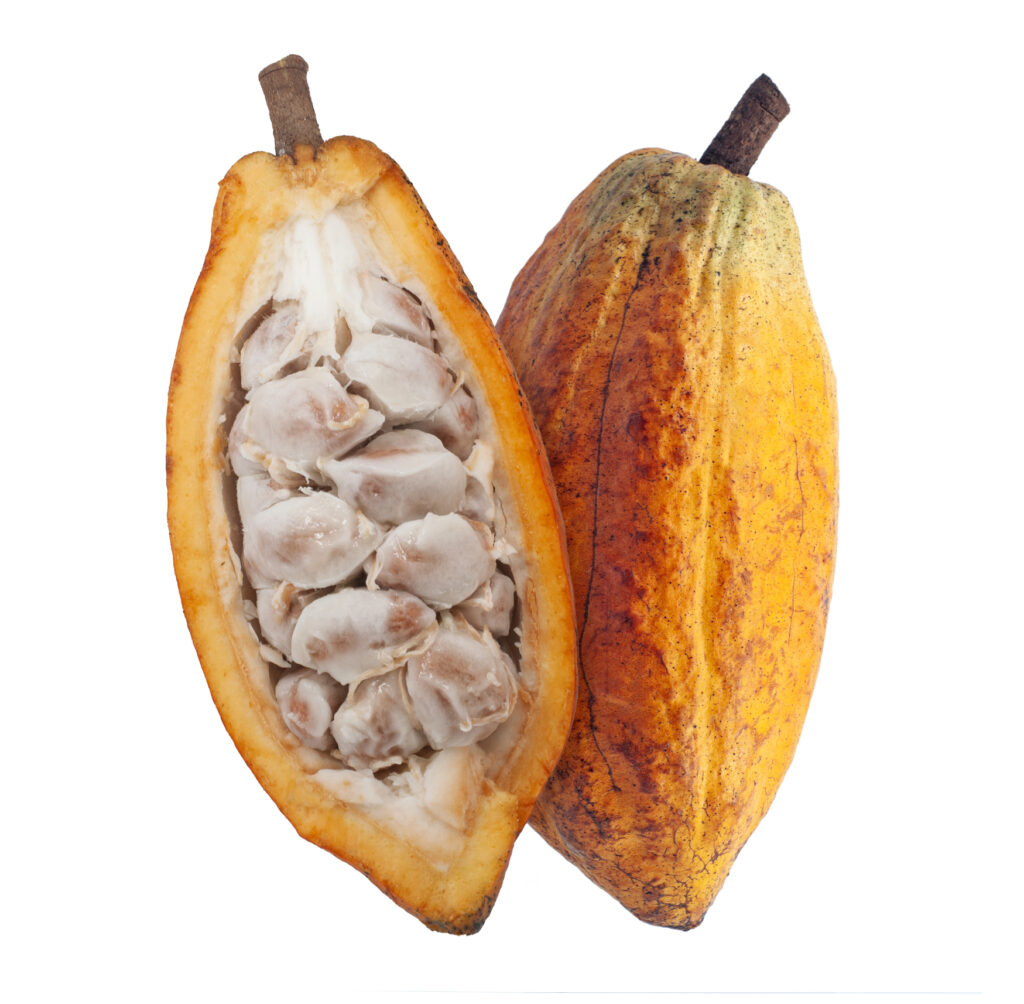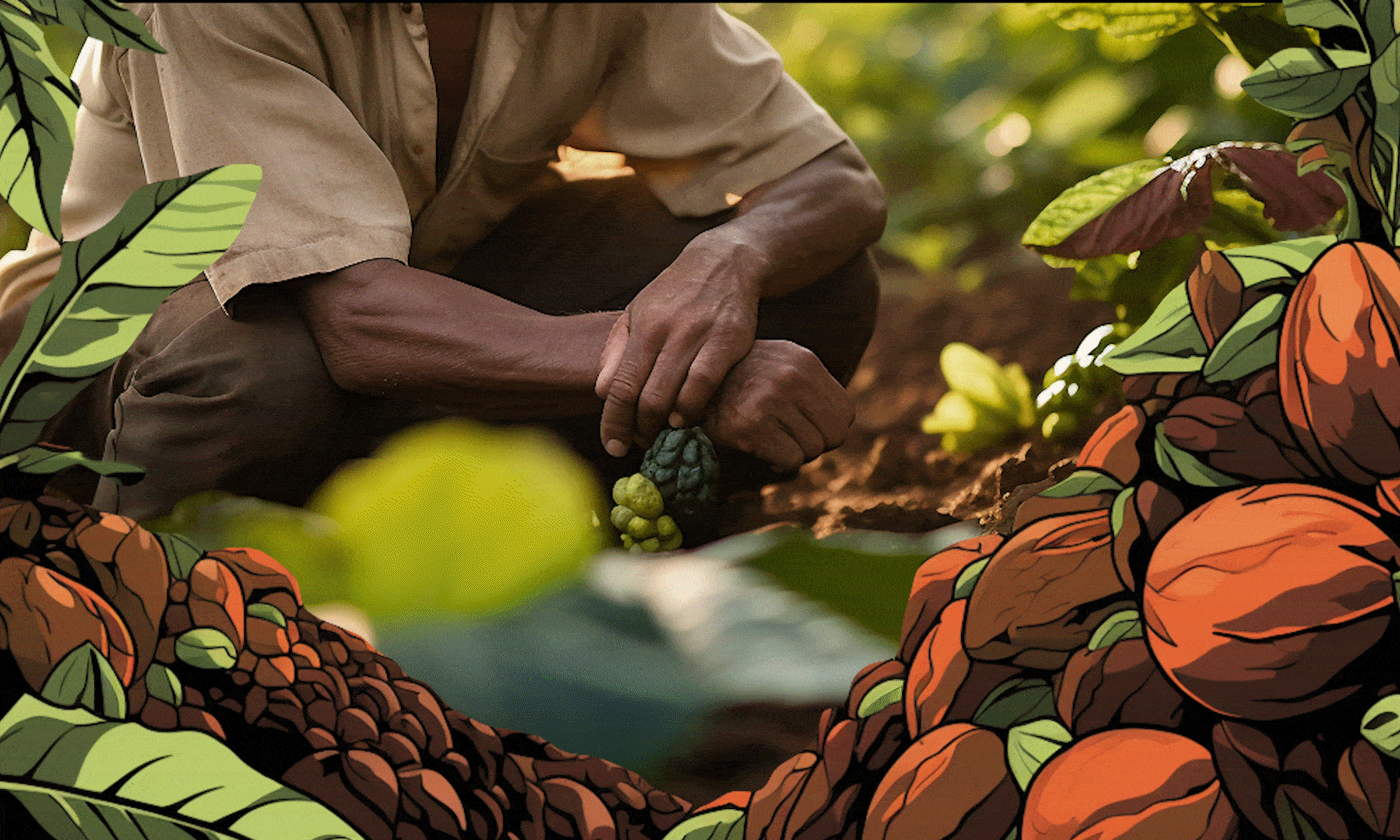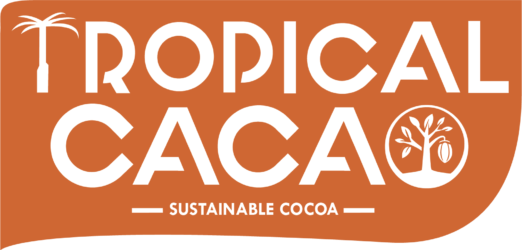I know I’m not the only one who did not know that chocolate had/has gods until today. I have always focused on the mouth-melting taste and the princess-like feeling I get after eating chocolate.
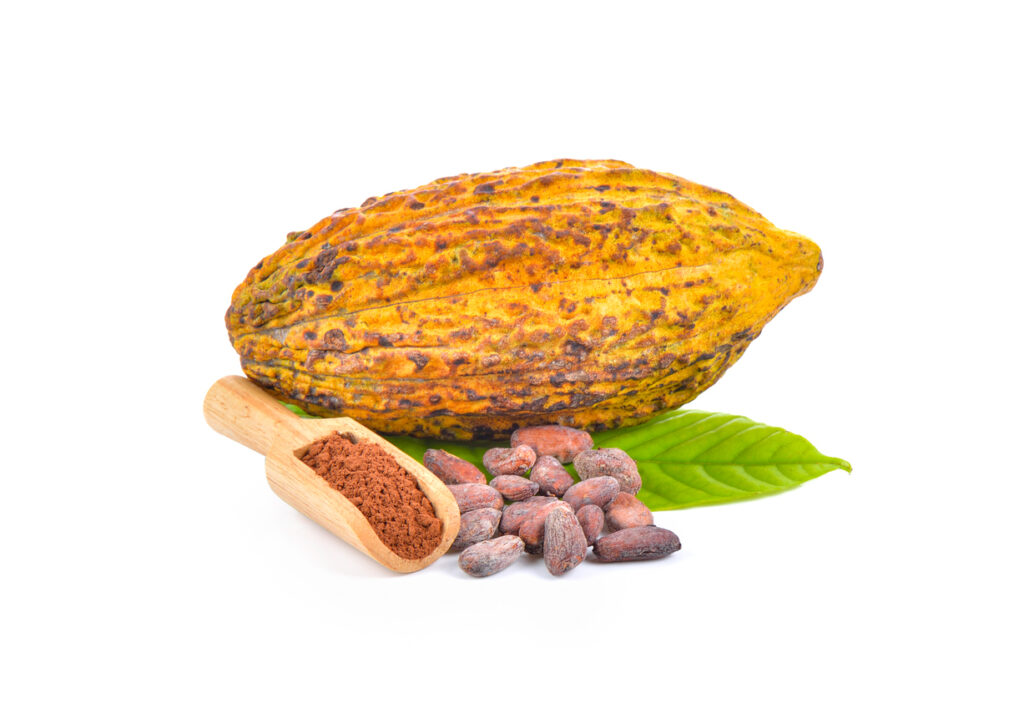
Anyway, I am going to bless your day with this bonus read on the different myths of the “gods’ of chocolate”. Stories build better relationships, right? Listen to these;
According to Linnaeus (1735), the story of chocolate begins with Theobroma (the cacao tree) which is a genus Greek word that means “food for the gods” Chances are, Linnaeus might have been aware of the early Spanish writings that had it that the Mayan and Aztec believed that Cacao was a “gift from the gods”. This is so considering cacao was the Mayan word retained by the Spanish colonizers of Mesoamerica to describe the cacao tree and its products.
Others believe that IxCacao is the Mayan Goddess of Theobroma. Some had it that she was made from cacao, the fruit of the tree, while others believed that she was handmade, ceramic, and an ornamental piece that was used in alters. The latter believe that she was made with big breasts to resemble the shape of the cacao pods. All, however, believe that she was invoked in prayer along with the rain god, the maize god, and other agricultural deities. Tribes in South and Central America also worshiped this goddess.
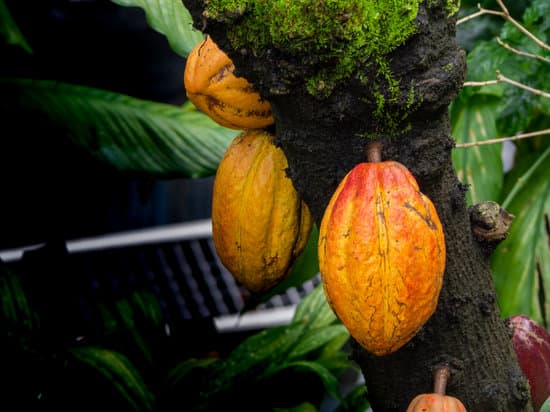
A third group, still Mayans, according to (Coe and Coe, 2013) believe that the cacao tree is the bearer of life. The Popol Vuh story has it that there were two men, the sons of the bearer of the universe, who were beheaded in the Mayan underworld. One twin who was supposed to become the maize god was hung on a cacao tree and the other twin impregnated a princess who gave birth to another set of twins. The twins fought to resurrect their father(the maize god) and this brought back honor to their land. The planting of the cacao tree, they believe, symbolizes the start of a new life.
The Aztecs believed that cacao was holy as the cacao pod was symbolically used in human sacrifice rituals (Coe and Coe, 2013). Every year they would choose a well-built slave to be sacrificed in honor of their god (Quetzalcoatl) and for forty days he would be treated as the “god” himself and at the end of the forty days he would give up his life. If he got scared of dying, the Aztecs gave him a chocolate drink which would make him “unconscious” and would return him to his cheerfulness. The Aztecs culturally relied on chocolate to bring joy to everyone that drank it. It was kind of an alcoholic drink, if you drank it you became cheerful and all your worries disappeared. Aztecs also used cacao beans in barter trade to buy food and other goods.
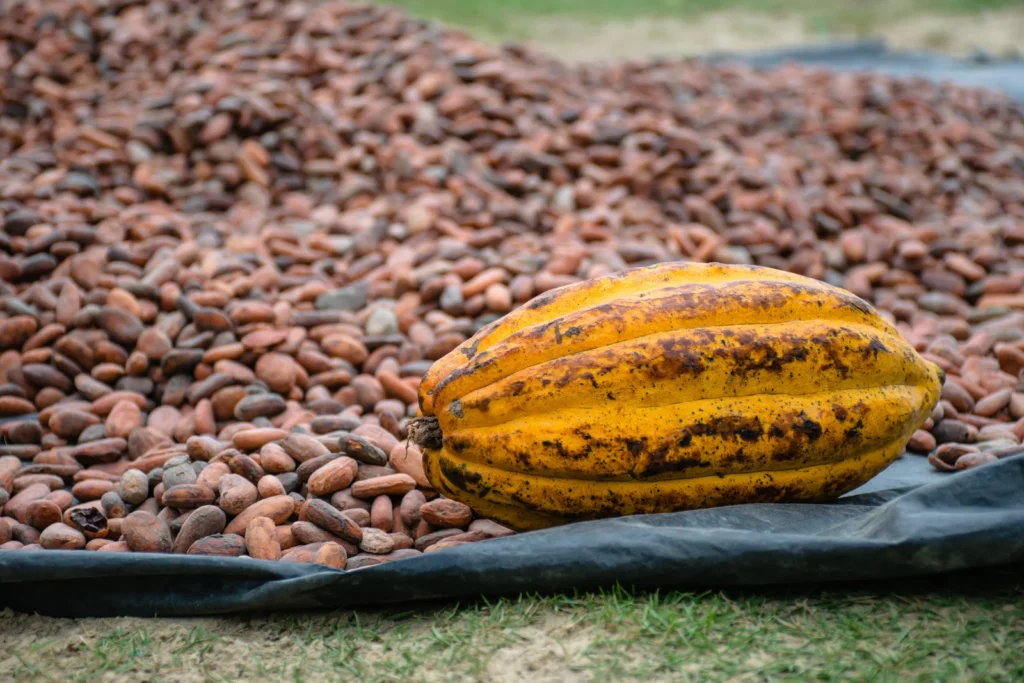
The Aztecs are also believed to associate chocolate with their Xochiquetzal god, who is the goddess of flowers, fruits, and fertility. They enjoyed chocolate, corn, and honey drink in her honor and her mother’s honor.
Hayes Lavis, curator of the cultural arts for the Smithsonian’s National Museum of the American Indian suggests that the Olmec pots and vessels used in ancient times around 1500 B.C were found to have traces of Theobromine. It is believed that they used cacao to make a special ceremonial drink. It is however unsure if they used cacao beans or pulp of the cacao pod in their concoctions. The Olmecs then passed their cacao knowledge to the Central American Mayans who used chocolate drinks in celebrations and to finalize important transactions. Mayans enjoyed their chocolate thick and frothy combined with chili peppers, honey, or water.
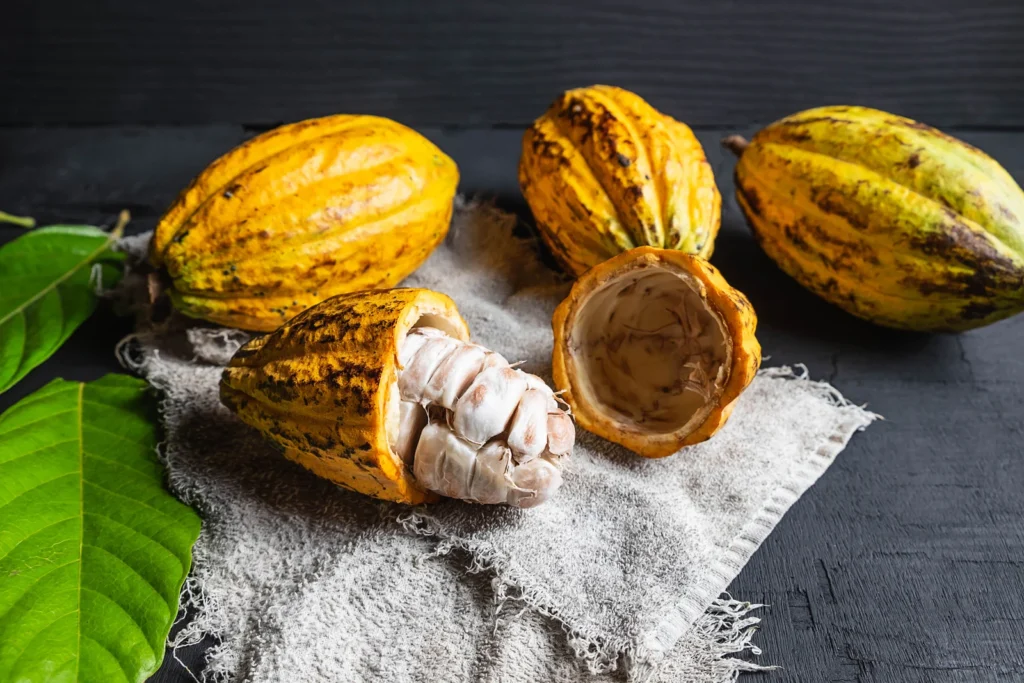
The last myth is of the ancient Toltec who believe in Quetzalcoatl, the feathered serpent god, as the planter of the cacao trees in Southern Mexico. Quetzalcoatl was also known as the god of light and the giver of the chocolate drink. They believed that one Aztec ruler, Montezuma II, drank chocolate from a gold gallon to give him energy before visiting one of his many wives and stored some of his cacao beans for his military.
All these myths stand out in the joy, cheerfulness, and unity that chocolate brought/brings to the community. Chocolate has always added value.
We are here to preserve and pass on history and the value of chocolate to generations.
Our chocolate is traditional and organic and we keep it that way to ensure that even generations coming after us will have the true taste of chocolate.
Would you like to have a taste of what our ancestors had? Click the “Contact Us” tab on the menu and we will get in touch right away.
